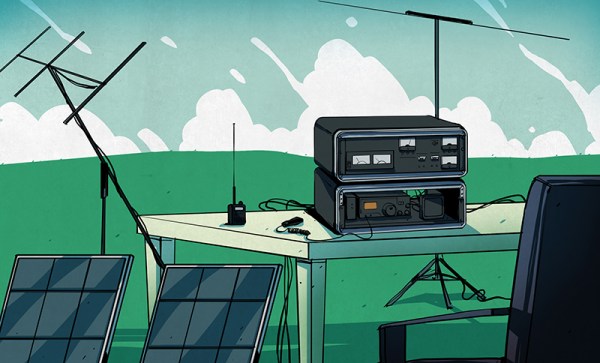[Mikrowave1] had a Unelco shortwave receiver as a kid. This was a typical simple radio for the 1960s using germanium and silicon transistors. It also had plug-in coils you had to insert into sockets depending on the frequency band you wanted to receive.
While simple AM radios were all the rage, they didn’t have to operate at higher frequencies. [Mikrowave1] shows some of the design tricks used to allow the radio to operate in the upper part of the spectrum. Otherwise, the radio is the usual superhet design using lower frequency germanium PNP transistors in the IF stage. You get a look inside the radio and a peek at a similar schematic along with notes on where the radio is different.
But how does it work? For an old single-conversion receiver, it works well enough. Of course, when the radio was new, there were many more interesting stations on shortwave. Today, he had to settle for some ham radio stations and CHU, the Canadian time and frequency station.
There were six pairs of coils built on top of tube sockets. The coil was actually more than a coil. There were other components in the case that adjusted other radio parameters based on the frequency.
[Mikrowave1] has been on a toy kick lately, and we’ve enjoyed it. This radio looks simple compared to the Radio Shack one that every kid wanted in the 1970s. Well. Every hacker kid, at least.
Continue reading “A Nostalgic Look At A Kid’s Shortwave Receiver”

















